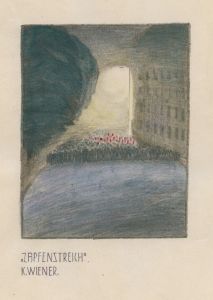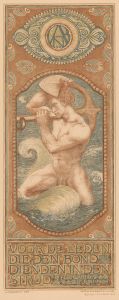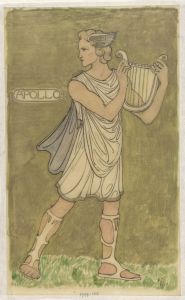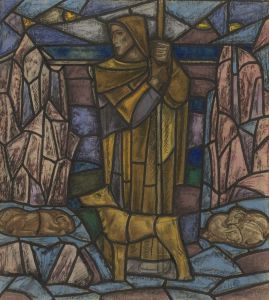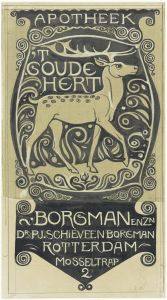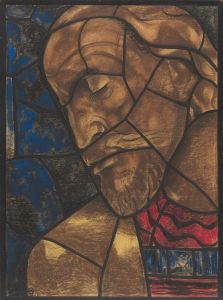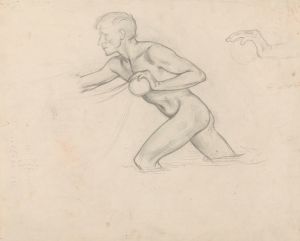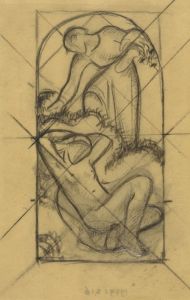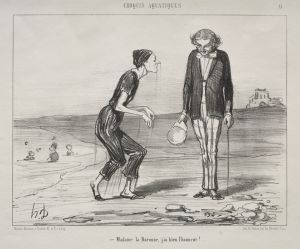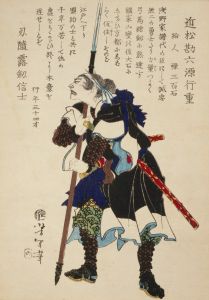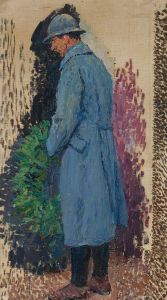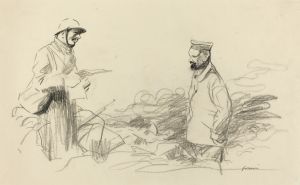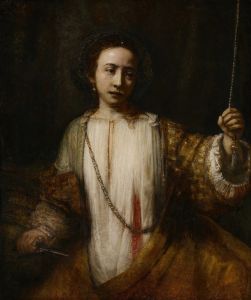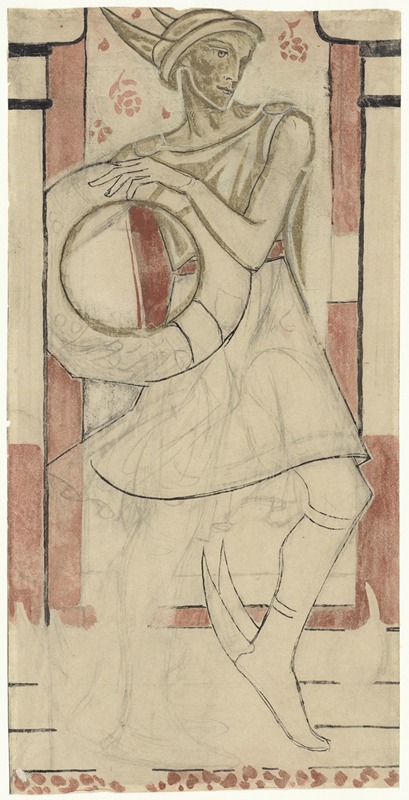
Mercurius, ereteken voor trouwe dienst, Calvé, Delft
A hand-painted replica of Richard Nicolaüs Roland Holst’s masterpiece Mercurius, ereteken voor trouwe dienst, Calvé, Delft, meticulously crafted by professional artists to capture the true essence of the original. Each piece is created with museum-quality canvas and rare mineral pigments, carefully painted by experienced artists with delicate brushstrokes and rich, layered colors to perfectly recreate the texture of the original artwork. Unlike machine-printed reproductions, this hand-painted version brings the painting to life, infused with the artist’s emotions and skill in every stroke. Whether for personal collection or home decoration, it instantly elevates the artistic atmosphere of any space.
"Mercurius, ereteken voor trouwe dienst, Calvé, Delft" is a painting created by the Dutch artist Richard Nicolaüs Roland Holst. Roland Holst (1868–1938) was a prominent figure in the Dutch art world, known for his work as a painter, designer, and writer. He was associated with the Arts and Crafts movement and was influenced by Symbolism, which is reflected in much of his artistic output.
This particular work was commissioned by the Calvé-Delft company, a well-known Dutch producer of food products, including peanut butter and other condiments. The painting was created as a tribute to loyal service, as indicated by the title, which translates to "Mercury, Badge of Loyal Service, Calvé, Delft." The inclusion of Mercury, the Roman god of commerce, communication, and trade, aligns with the commercial nature of the company and its recognition of dedication and service.
Roland Holst's style often incorporated allegorical and symbolic elements, and this painting is no exception. Mercury is a recurring figure in his work, symbolizing trade and communication, which were central themes in the industrial and commercial context of the time. The painting likely served both as an artistic representation and as a functional emblem or recognition piece for the company.
The exact date of the painting's creation is not widely documented, but it falls within Roland Holst's active period as an artist. His works during this time often featured a blend of traditional craftsmanship and modernist influences, reflecting his commitment to the ideals of the Arts and Crafts movement.
The painting is notable for its connection to the industrial and commercial history of the Netherlands, as well as for its artistic merit within Roland Holst's broader body of work. It exemplifies the intersection of art and industry, a theme that was significant in the late 19th and early 20th centuries.
Further details about the painting's current location, dimensions, or medium are not readily available in public records. However, it remains an important example of Roland Holst's contributions to Dutch art and his ability to merge symbolic imagery with practical applications in a commercial context.





